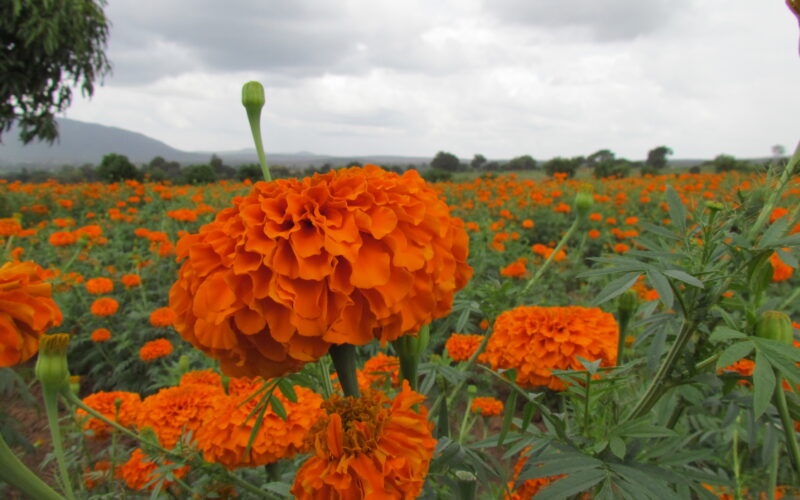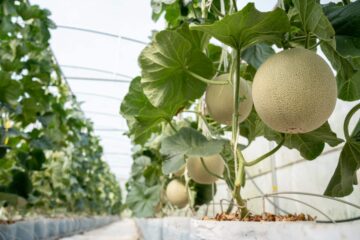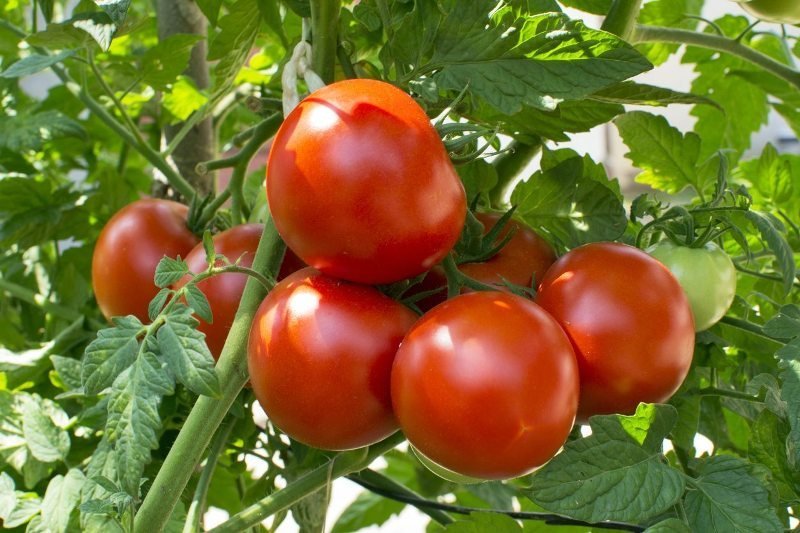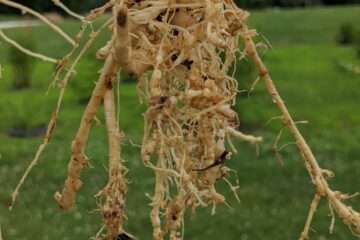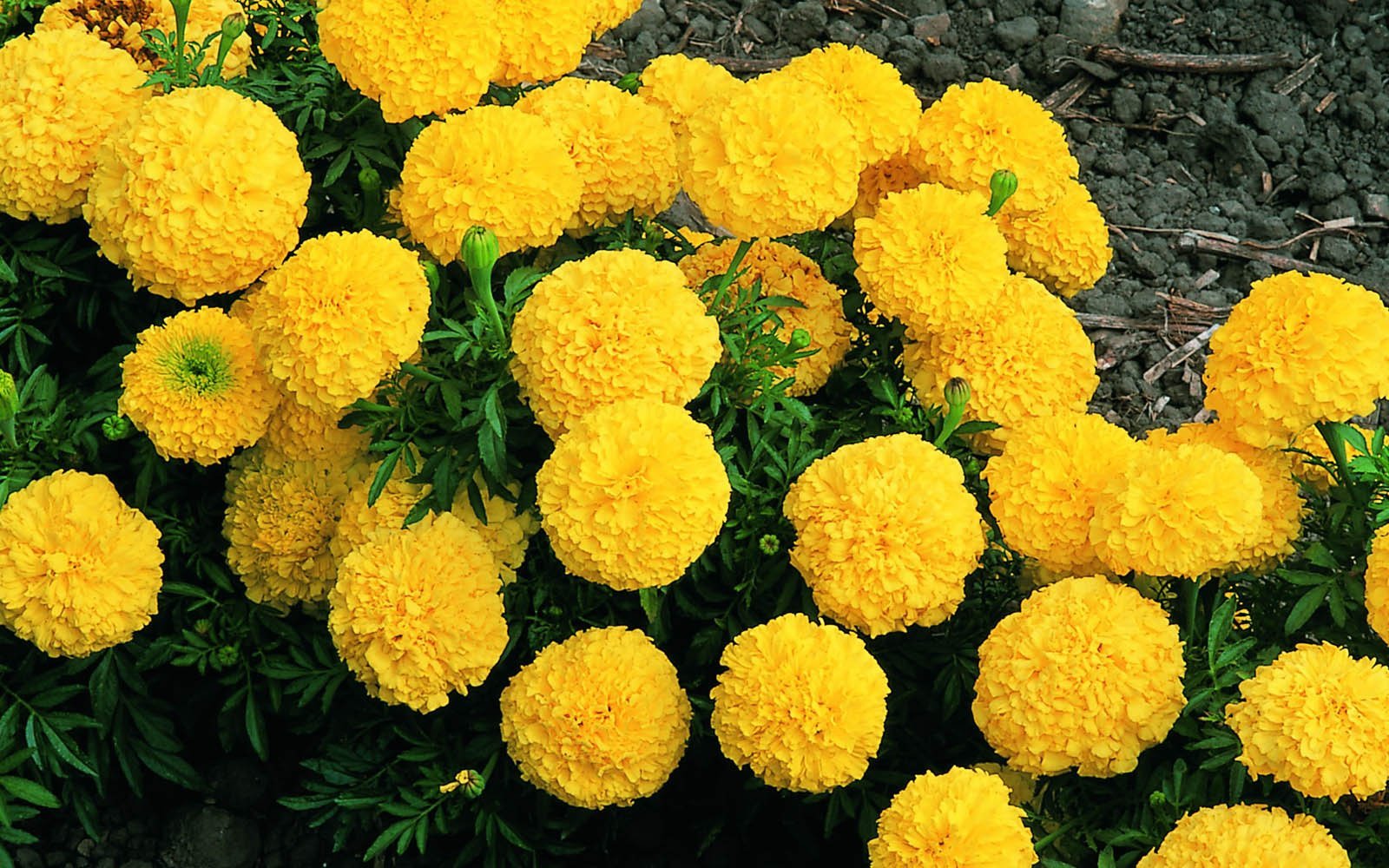Chrysanthemum, commonly known as “Chendu Malli” in Tamil Nadu, is gaining popularity for cultivation in greenhouses. Known as “Kendhipoo,” these flowers are profitable within 3-4 months. They can be used as loose flowers or made into garlands, and also serve as ornamental plants in pots.
Chrysanthemum flowers and leaves are used for medicinal purposes, such as purifying blood, treating piles, and making eye drops. The pigment ‘Santobil’ extracted from these flowers is used in poultry feed to give eggs and chicken skin a yellow color. It is also used in agriculture to repel insects and caterpillars. Chrysanthemum can be intercropped with banana, mango, and coconut.
Varieties
Popular varieties include MTU 1, Maxima, Aro Gold, Aro Orange, Gold Coin, Maxima Yellow, Yellow Lady, Pusa Narangi Gainda, Pusa Basanthi Gainda, and local yellow and orange varieties.
Suitable Planting Period
Chrysanthemum can be cultivated year-round using precision farming techniques. However, for conventional cultivation, October-January and February-May are the most suitable periods.
Soil Requirements
Chrysanthemum grows well in all fertile soils with good drainage, except saline soils. The ideal pH range is 7.0-7.5. A pH below 5.8 can cause iron and manganese toxicity.
Climate
Chrysanthemum can be grown in both plains and hilly regions. It thrives in mild temperatures, with an ideal range of 15-21°C. Extreme heat or cold can affect blooming and flower quality.
Seed Rate
About 200 grams of seeds are needed per acre. Seeds can be sown in nurseries or seedling trays. Tray method saves 30-40% seeds. Seeds germinate in 3-5 days.
Seedling Care
Water the nursery beds twice daily. Spray 0.2% 19:19:19 fertilizer mix and 0.5% zinc sulfate every 15 days. After 20-25 days, transplant seedlings treated with 0.5% pseudomonas solution to the main field at a spacing of 90 x 22.5 cm. Ensure 44,000 plants per hectare.
Land Preparation
Plow the land well without clods. Use rotavator, harrow, and plow to prepare the soil. Add 25 tons of compost, 150 kg of vermicompost, 100 kg of neem cake, and 422 kg of super phosphate before the final plowing. Mix 2 kg each of Azospirillum, Phosphobacteria, and 2.5 kg of Pseudomonas, and 500 grams of Trichoderma in 50 kg of compost and apply.
Spacing
African varieties should be planted at 45 x 30 cm or 60 x 45 cm spacing. French varieties require 20 x 20 cm spacing. For precision farming, plant in double rows at 90 x 60 x 30 cm or 60 x 45 x 30 cm spacing. Raised beds should be 1 meter wide and 4 feet high.
Irrigation
Water the field three days after planting, then weekly as needed. Avoid waterlogging. In summer, irrigate every 4-5 days. During flowering, reduce the interval between irrigations to improve flower quality. Drip irrigation is recommended, with drip lines placed at 30 cm intervals between rows.
Fertilizer Management
Apply 45 kg nitrogen, 90 kg phosphorus, and 75 kg potassium per hectare as basal fertilizer. Apply 45 kg of nitrogen as a top dressing 45 days after planting.
Pinching
Pinch the tips of the plants at 30 days to promote side branching and better flower production. Additional pinching of bud tips at 30-40 days will result in larger, higher quality flowers.
Foliar Feeding
Dissolve 2 kg of DAP in 10 liters of water overnight. Filter and mix with 150 liters of water, and spray 2-3 times at 10-day intervals. Apply 0.5% iron sulfate and zinc sulfate solution at 30 and 45 days.
Pest and Disease Management
- Insect Control:
- Green Caterpillars and Bugs: Mix 1 ml of Indoxacarb or 2 grams of Thiodicarb per liter of water and spray.
- Stemborers: Mix 2 ml of Dichlorvos per liter of water and spray.
- Aphids and Mites: Mix 1 ml of Imidacloprid per liter of water and spray.
- Disease Control:
- Leaf Spot: Mix 500 grams of Copper Oxychloride in 100 liters of water and spray three times at weekly intervals.
- Root Rot: Mix 1 gram of Carbendazim per liter of water and spray.
- Wilt: Mix 1 gram of Carbendazim per liter of water and spray. Additionally, mix 10 grams of Pseudomonas per liter of water and apply to the roots.
Harvesting
With proper care, Chrysanthemum plants can yield flowers for 50-150 days. High-yield varieties can produce 20-25 tons per hectare, while regular varieties yield 12-15 tons per hectare. Pack the flowers in 20 kg bamboo baskets for market transportation. Farmers in the Sathyamangalam region have successfully entered into contracts with AVT Company for profitable Chrysanthemum cultivation.
A. Sangari, Floriculture and Landscaping Department, Tamil Nadu Agricultural University, Coimbatore. M. Anand, P. Anita, Horticultural Research Station, Ooty.

